Catch Your Biggest Bass of The Season
Largemouth bass will seek out different types of structure at different times of the year.
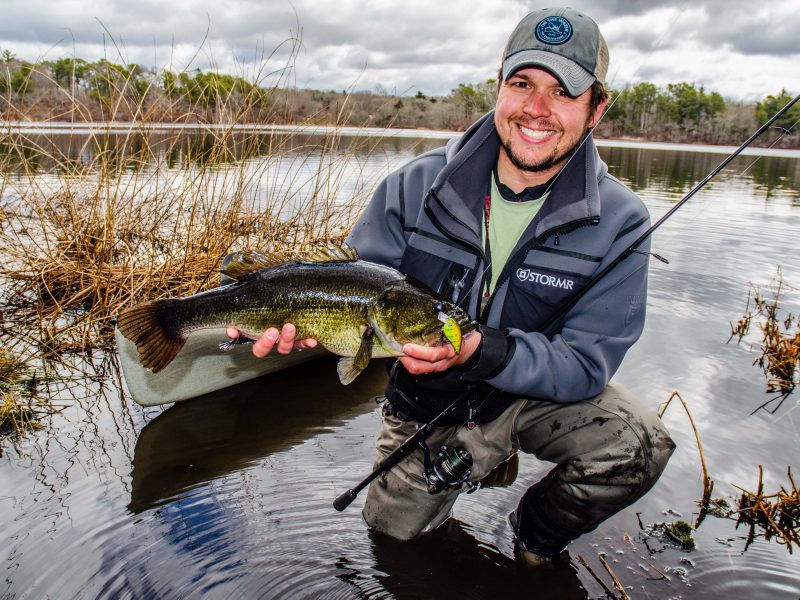
Can you feel it in the air? The bass can. Springtime ushers in changing air temperature, longer days and stronger sun angles, all of which trigger a fish’s instincts to move out of deep winter holes to search for food and the all-important spawning beds. Even right here in the Northeast, many of the biggest bass will be caught between mid-March and May.
(Note: On The Water is reader-supported. When you buy through links on our site, we may earn an affiliate commission.)

Anyone who has fished in the Northeast knows that this time of year can also be very challenging. Weather and water temperature have a lot to do with these challenges. For example, a spring cold front can shut down the bite and send fish back to deeper water, frustrating anglers into waiting until the summer pattern takes hold. In order to give you the best chance of catching some big bass this spring, lure selection and target selection is extremely important.
When bass move shallow, they can be easier to catch because you can usually present your lure more effectively in the strike zone, than you can in deep water. The main thing that will help you find where the fish are, is to find where the fish were. Once you identify that, you can start to track their spring movement much more effectively.
Bass Migration
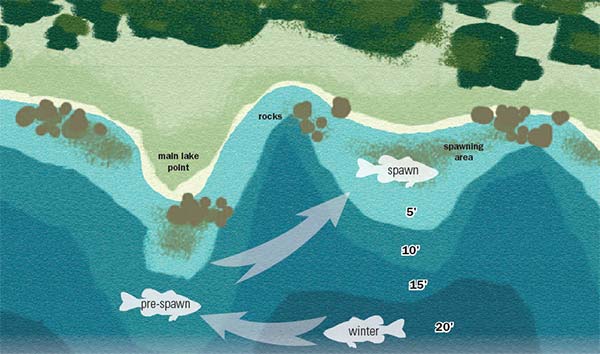
Ideally, you want to find flats that are near potential spawning areas. If these areas happen to be near winter holdover locations, that is even better. In a perfect world, I try to find main lake points that are near deep water but also wrap around to shallower water with the right bottom composition for spawning. Once you’ve found the fish the next part is picking the right bait.
Typically, the areas that you will want to target will be in the 8- to 12-foot range. This will vary slightly on the overall depth of the lake, but generally speaking, this is a very realistic depth to find fish working toward their spawning grounds. In this instance try a small suspending crankbait. A bait that suspends in the strike zone and can remain very still is key this time of year and will entice even the most finicky fish.
Another go-to bait for this type of situation is a 3- or 4-inch grub on a 1/8-ounce ballhead jig. Cabin Creek makes a nice spider grub with a skirted collar and a twin tail in the 3-inch size. When paired with a 1/8-ounce ballhead jig this bait can be deadly in the spring.
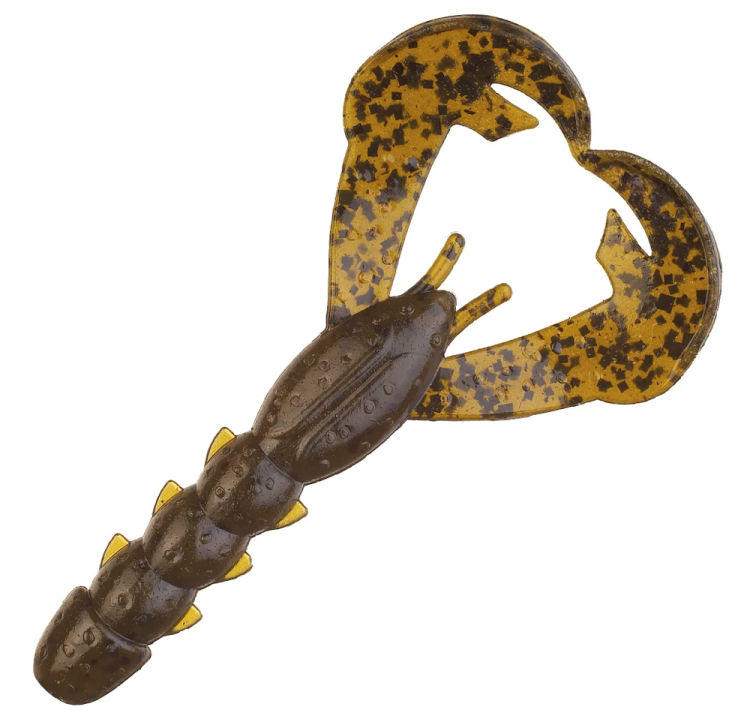
A Strike King Rage Tail Baby Craw rigged on a lightweight skirted jig or ballhead jig is equally as effective.
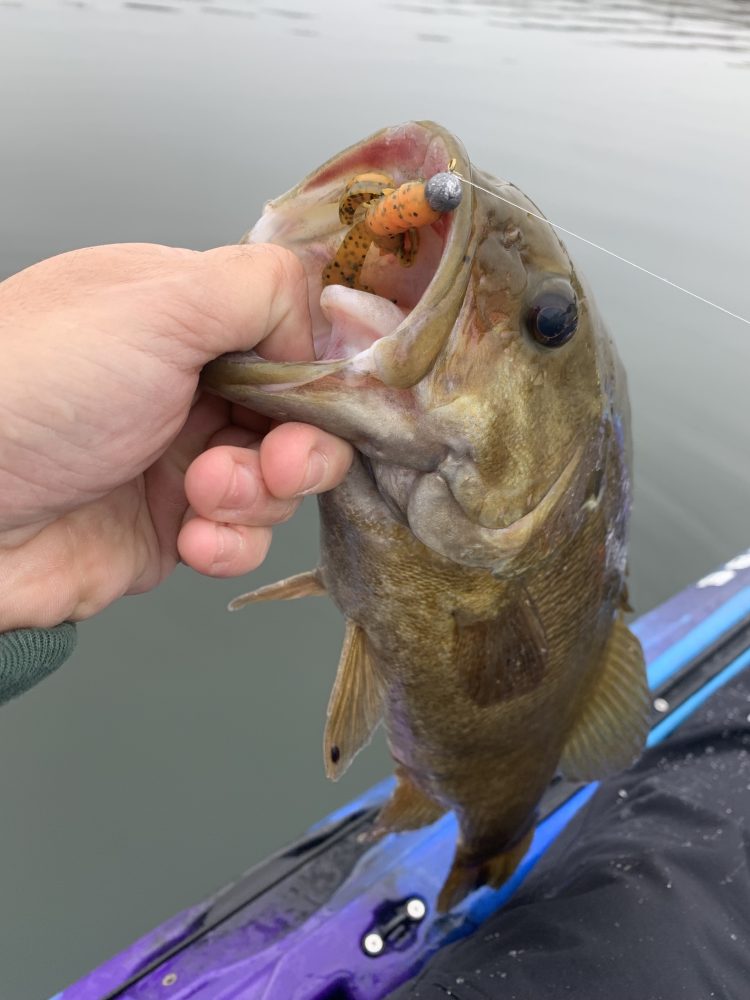
A very important feature to look for in the spring is rock. Rocks heat up quickly and provide a nice warm area for the bass to congregate. When targeting these rocky areas, try squarebill crankbaits. I like the 1.5 or 2.5 KVD squarebill crankbaits because they deflect very well off the rocks, mimicking crayfish and disoriented baitfish.

You will notice that bass in early spring will crush the crank bait. A lesser known secret that I am reminded of by my friend and avid fisherman Frank, is not to neglect the inline spinner in water below 50 degrees. These baits are proven performers and can trigger big bites from big fish.
Last but not least is the Rat-L-Trap. This bait is always a solid ice-out performer and can coax fish to bite in a variety of water conditions.
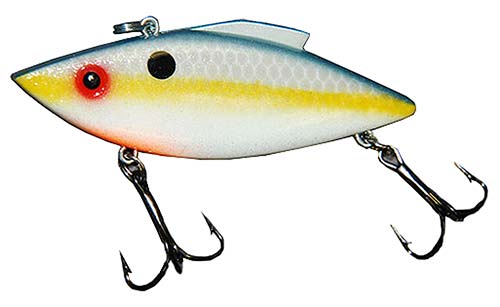
It is also very good as a search bait, which is very important this time of year. When you do find some good fish, slow down and work the area thoroughly because where there is one fish, there is likely to be more.
Related Content
Article: Largemouth Bass by the Calendar
Leave a Reply